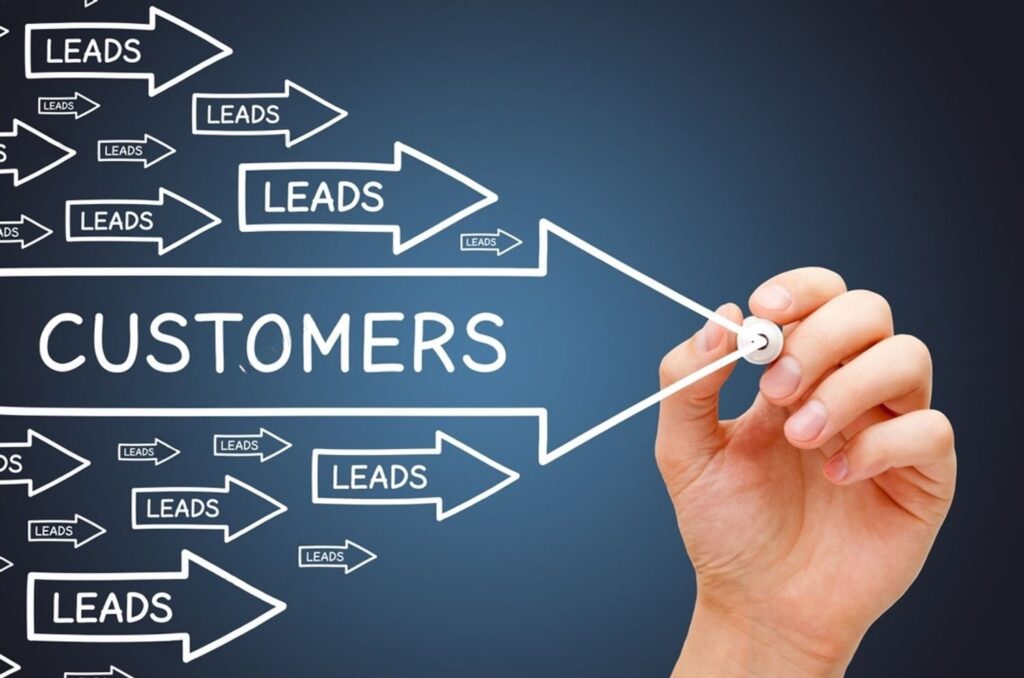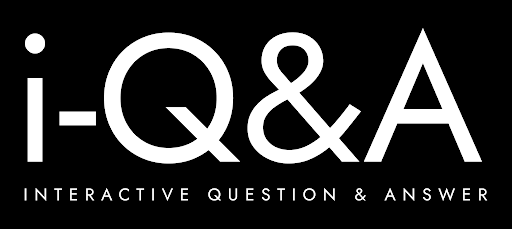
Is your B2B lead generation taking too long — or are your expectations just out of sync?
If you’ve been putting energy, time, or budget into lead generation but haven’t seen the pipeline fill up as quickly as you’d hoped, you’re not alone. One of the most common and misunderstood questions in business marketing is: “How long does it take to generate leads?” The short answer? It depends — but let’s give you the full picture, so you know what to expect, what’s normal, and what you can do to improve outcomes.
Whether you’re managing your campaigns in-house or working with a specialist like i-Q&A, understanding the lead generation journey can help you manage expectations, plan resources wisely, and avoid costly frustration. Let’s unpack it together.
Understanding B2B Lead Generation
Lead generation is the process of identifying, attracting, and converting prospects into interested buyers. In B2B settings, this process is more intricate than in B2C. Deals are often high-value, involve multiple decision-makers, and follow a longer evaluation period.
Leads typically fall into these categories:
- Marketing Qualified Leads (MQLs): Prospects who’ve shown interest thanks to your marketing efforts — maybe they downloaded a guide, subscribed to a newsletter, or engaged on LinkedIn.
- Sales Qualified Leads (SQLs): MQLs that are ready for direct sales conversations — they’ve moved beyond passive interest.
- Product or Service Qualified Leads: Prospects who’ve taken meaningful steps such as using a trial, booking a consultation, or requesting a quote.
These leads are what feed your sales pipeline. But building that flow isn’t instant — and it never has been.
There’s No Universal Timeline — and That’s Okay
Just as no two businesses are identical, no two lead generation timelines are either. Your progress depends on a mix of factors, including:
1. Sales Cycle Length
In B2B, sales cycles are rarely short. Depending on your product or service, it may take 6 months to 2+ years to close a deal. You’re not just convincing one person — you’re aligning with a procurement team, legal, finance, and management.
2. Marketing Maturity
Are you starting from scratch? If you’re still developing your messaging, content library, website, and CRM setup, expect a few months just to build a functioning system. If you’re already running campaigns, you’re a few steps ahead.
3. Industry Competition
Some sectors are crowded. That doesn’t mean it’s not worth trying — it means you’ll need sharper messaging, better targeting, and more patience.
The Three Phases of Lead Generation
Let’s take a look at what a typical journey might look like:
Phase 1: Laying the Groundwork (Months 1–6)
This is your foundation-building phase — no shortcuts here. During this time, you should:
- Clarify your brand’s unique value proposition
- Develop consistent messaging across platforms
- Create sales support materials (brochures, pitch decks)
- Optimise your website for conversions
- Set up CRM and automation tools
Whether you’re doing this in-house or through an outsourced partner like i-Q&A, 2 to 6 months is a reasonable window to establish the basics.
Phase 2: Active Campaigning (Months 6–12)
Once your infrastructure is in place, you can begin outreach and inbound campaigns, such as:
- SEO and content marketing
- LinkedIn and cold email campaigns
- Paid ads (Google, LinkedIn)
- Webinars or live demos
- Email sequences and lead nurturing
During this period, you’ll start seeing leads trickle in — but revenue may still be a little while off. The quality of your CRM becomes vital here.
Phase 3: Return on Investment (Months 12–24)
Here’s where patience truly pays off. Deals begin to close. Referrals may start. Campaigns mature, and your brand gains visibility.
For most B2B businesses, the 12–24 month window is where real profitability emerges. It may feel slow, but this is when all your early efforts start compounding.
Timeframes by Funnel Stage
Understanding the buyer’s journey helps frame your expectations:
- Top of Funnel (TOFU): Content like blogs, social media, and SEO builds awareness.
- Middle of Funnel (MOFU): Whitepapers, eBooks, and webinars help convert traffic into leads.
- Bottom of Funnel (BOFU): Demos, case studies, and consultations turn leads into customers.
It’s common for this process to take 3 to 9 months for a qualified buyer to move through each stage, especially for higher-value services.
Want Faster Results? Here’s What Influences Speed
Some tactics offer faster feedback than others — but there’s always a trade-off.
Paid Ads
Google Ads or LinkedIn campaigns can show results in as little as 1–2 weeks, with stable lead flow after 2–3 months — but only if well-managed. You’ll still need to optimise ad copy, targeting, and budget.
Organic Lead Generation
SEO and content marketing are long games. Even with the right keywords and content, it typically takes 6 to 24 months to reach consistent, high-quality leads.
Sales Cycle & Buyer Readiness
If your audience is actively shopping, you’ll move faster. But if you’re targeting early-stage buyers, the lead needs more nurturing before converting.
Smart Ways to Improve Lead Generation Without Sacrificing Quality
If you’re eager to generate leads sooner — without compromising long-term value — consider these strategies:
Use a Multi-Channel Approach
Avoid relying solely on one lead source. Blend PPC, SEO, email, outreach, content marketing, and webinars to diversify and increase your lead intake.
Focus on Conversion Optimisation
Even small tweaks to landing pages can make a difference. Think faster load times, clearer CTAs, and improved form design.
Automate Wisely
CRM systems, email sequences, lead scoring, and chatbots can help you save time and reduce human error. But don’t overdo it — impersonal automation can alienate prospects.
Retarget Website Visitors
Use retargeting ads to re-engage visitors who didn’t convert the first time. A well-timed reminder can bring people back into your funnel.
Quality vs. Quantity: Why Faster Isn’t Always Better
Rushing to generate dozens of leads may feel productive — but chasing poorly matched leads wastes time and drains morale.
High-quality leads are:
- A good fit for your product or service
- Demonstrating interest or intent
- Responsive and engaged
They may take longer to acquire, but their lifetime value and conversion likelihood make them worth the wait.
How to Qualify Leads Effectively
Effective lead qualification ensures you’re spending your time wisely. Two popular methods are:
Lead Scoring
Assign points to leads based on their behaviours and attributes:
- Website activity
- Company size
- Content engagement
- Email interactions
BANT Framework
This simple framework asks:
- Budget: Can they afford what you offer?
- Authority: Are they the decision-maker?
- Need: Do they have a clear business problem you can solve?
- Timing: Are they looking to act soon?
When Can You Expect to Start Making Money?
Different lead generation models have different income timelines. Here’s a rough overview:
Method | Time to First Lead | Consistent Leads | Time to Profit |
Google Ads | 1–7 days | 1–3 months | 1–6 months |
Affiliate Networks | 1–3 days | 1–2 months | 1–6 months |
Lead Gen Websites | 4–12 weeks | 3–9 months | 6–24 months |
Renting Sites / Selling Leads | 1–2 months | 2–4 months | 3–12 months |
Keep in mind, these are ballpark figures — your actual experience may differ based on your offering and the quality of your execution.
Final Thoughts: Trust the Process
At i-Q&A, we often see businesses give up too early — usually just as things are about to start working. B2B lead generation is not a quick fix or a one-size-fits-all programme. It’s a strategic, long-term approach that requires consistent effort and the right foundations.
Yes, you can accelerate with smart tactics. Yes, you can streamline with expert support. But real results — sustainable, profitable leads — come to those who play the long game.
So, how long does it take to generate leads?
Long enough to be worth it.
And if you’re ready to start, we’re here to help make sure you’re building something that lasts.
